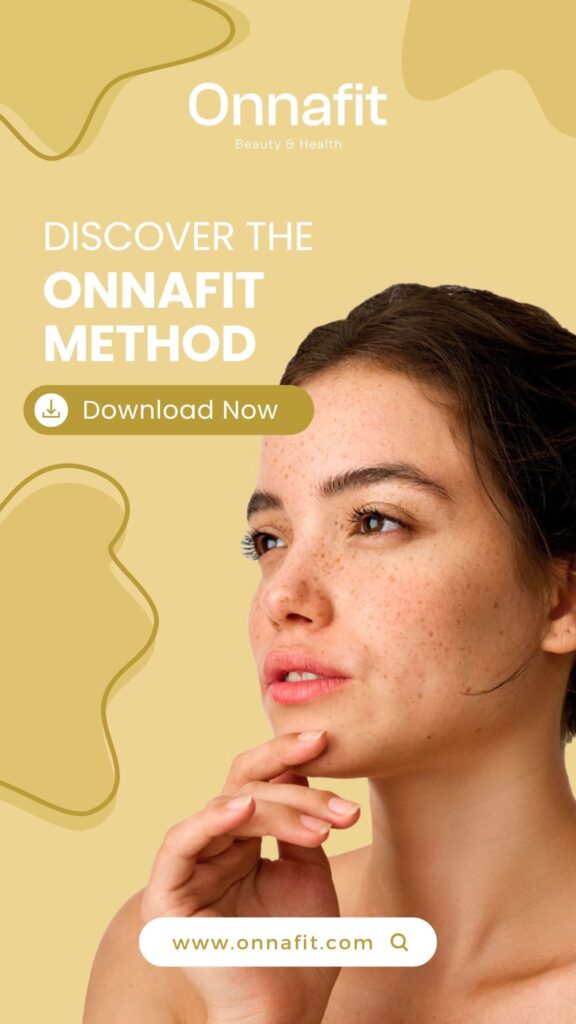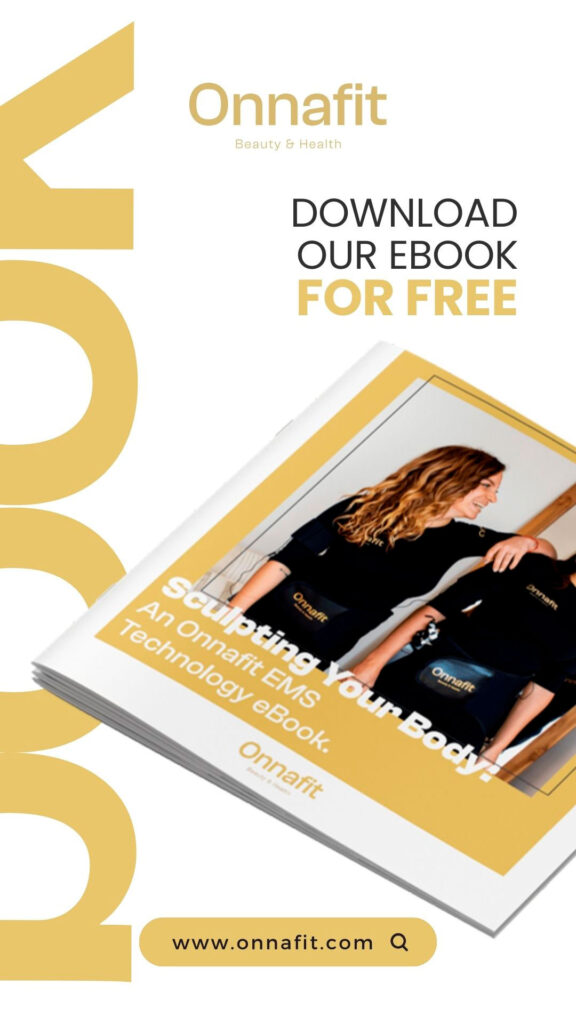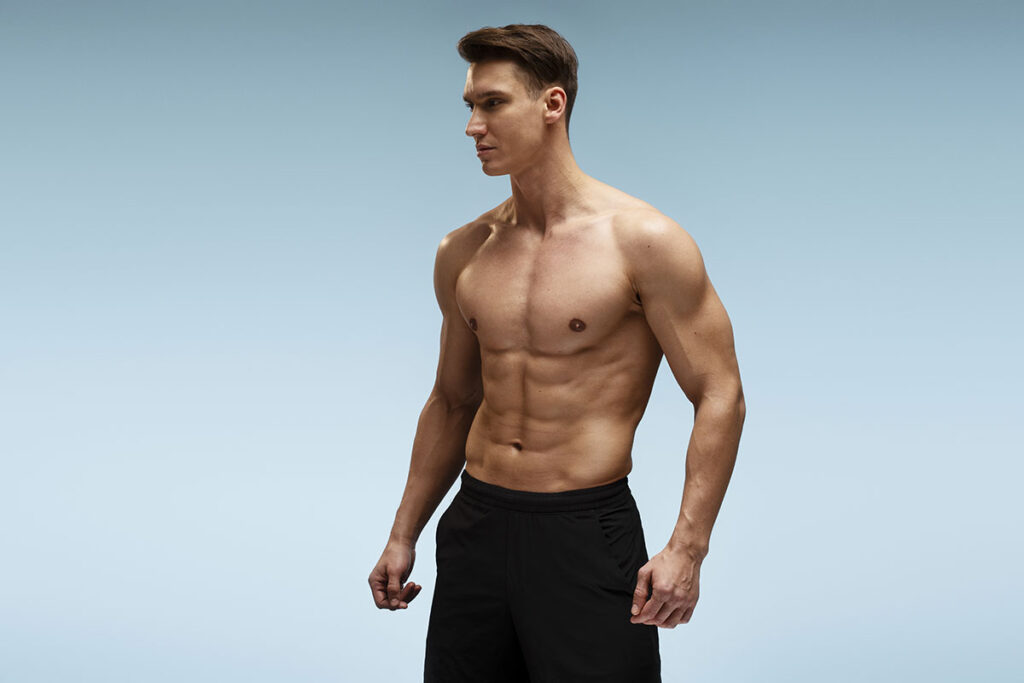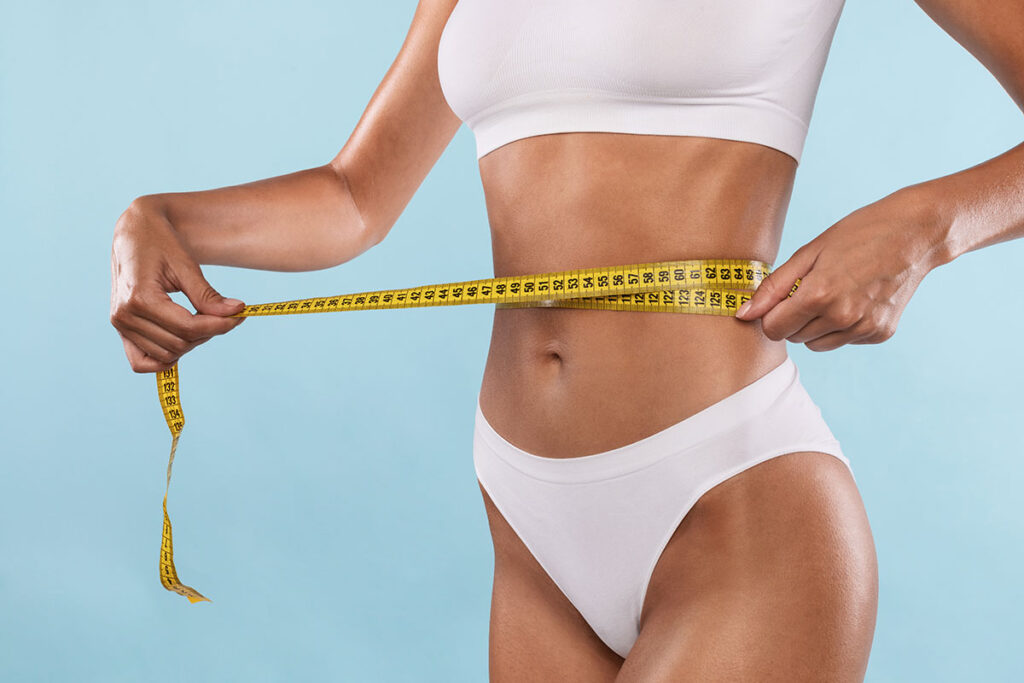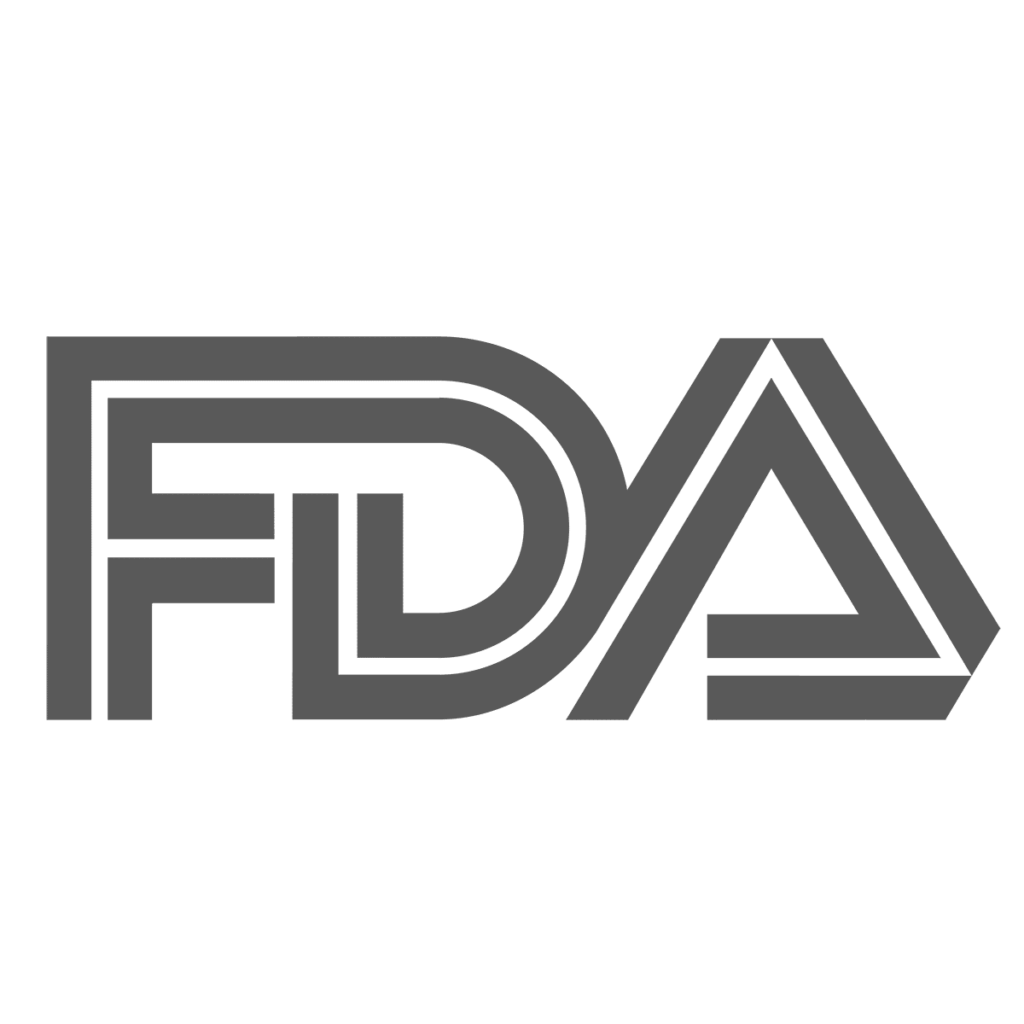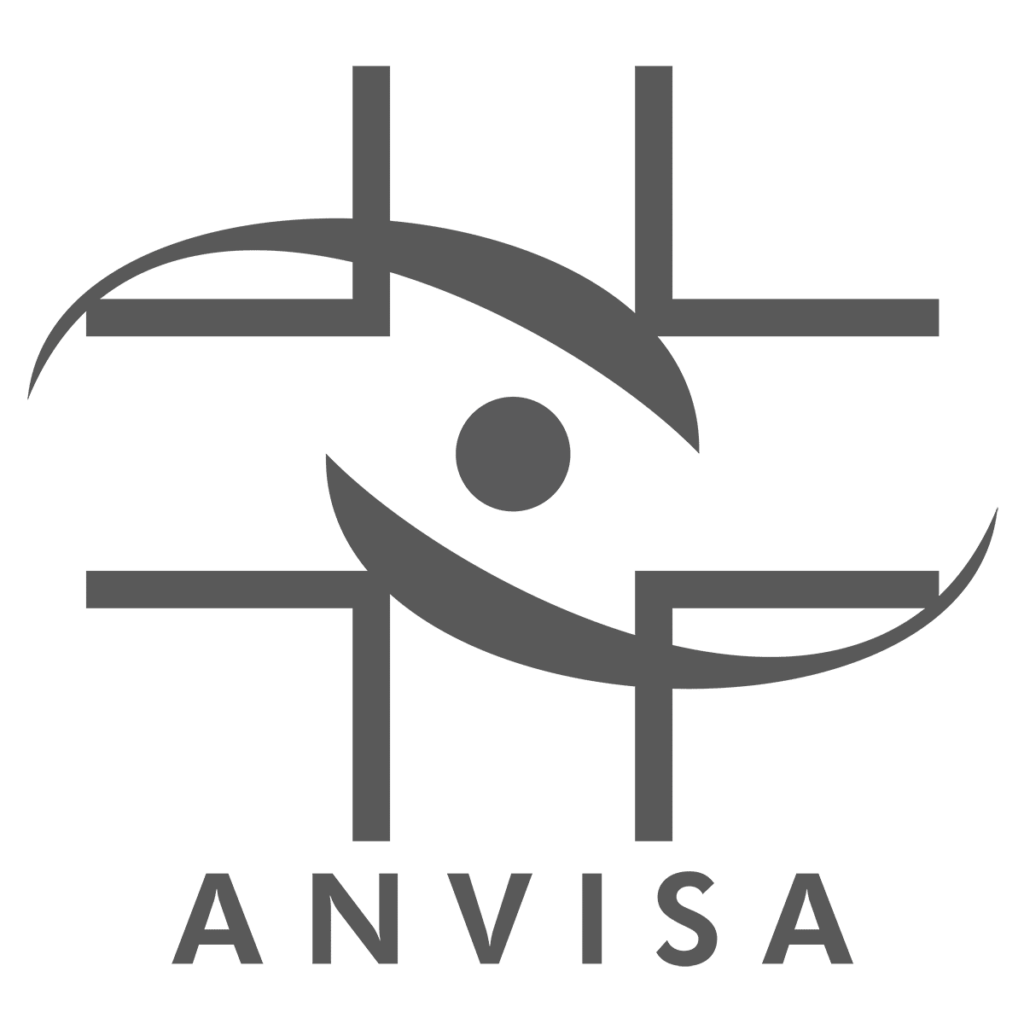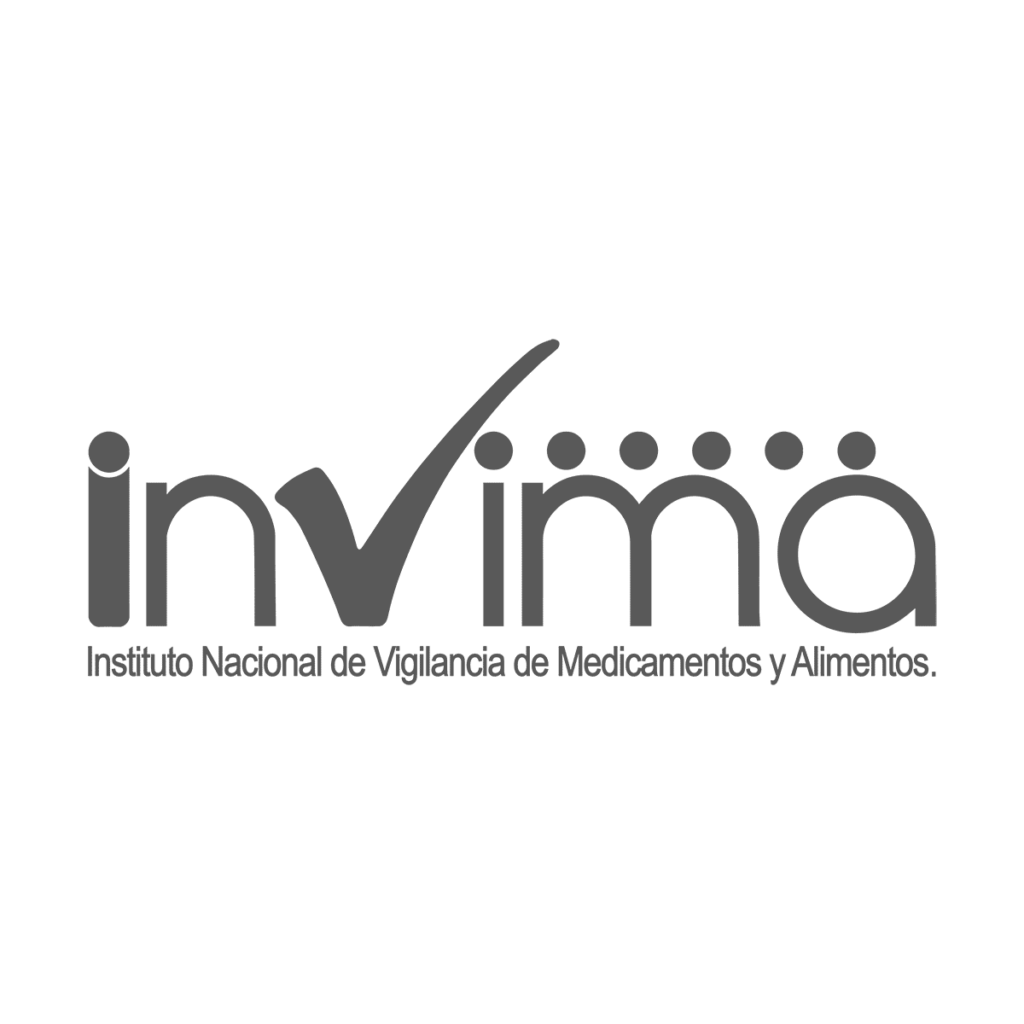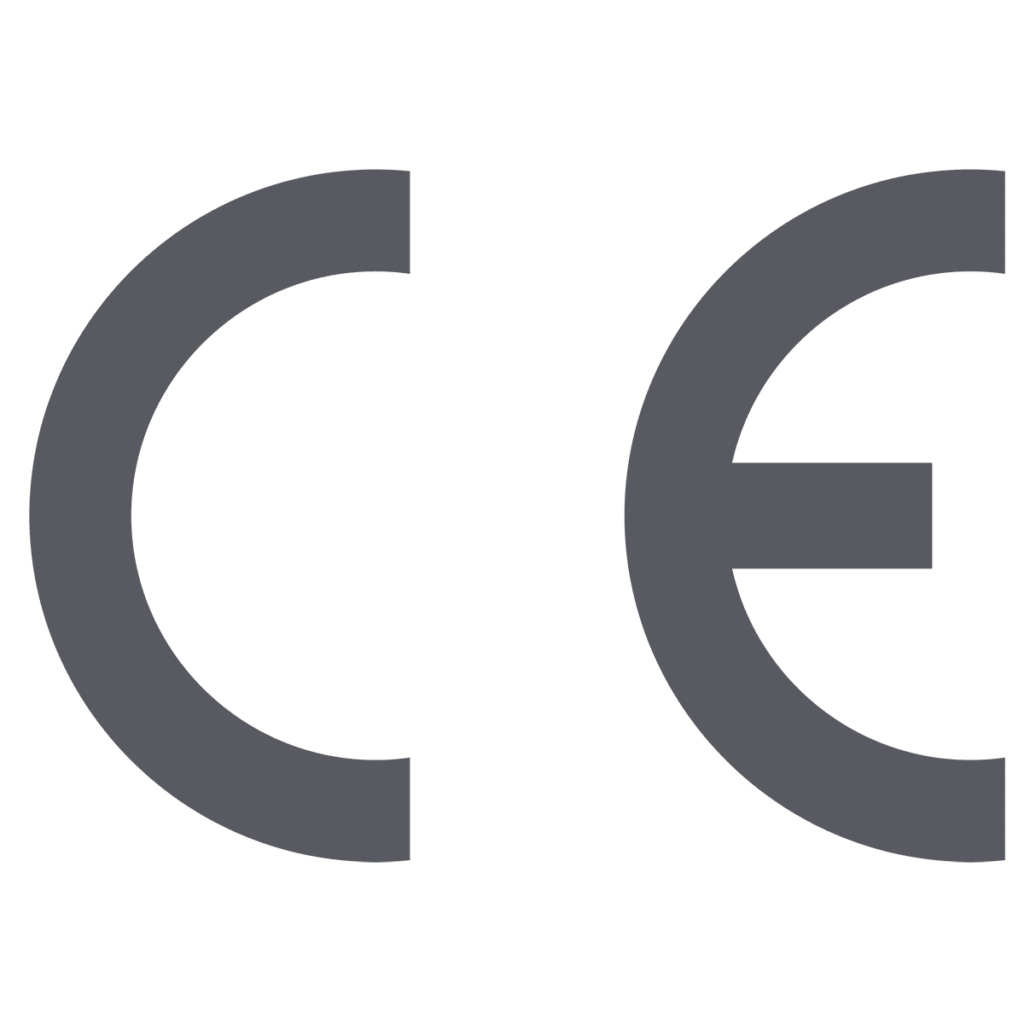A woman’s body undergoes many physiological changes during pregnancy that have a full impact after childbirth. Physical fitness is altered in this process and recovering it in its entirety is perhaps one of the most complicated challenges not only on a physical level, but also on a mental level; The emotional and physical demands of motherhood can generate stress, anxiety and exhaustion, especially during the first months after postpartum recovery.
Therefore, in today’s blog we are going to talk about how to get back in shape after childbirth in a healthy way, without being an insurmountable challenge in the short term.
What challenges arise after childbirth?
After giving birth, women experience a series of physical and emotional changes that can be challenging to deal with. On the physical level, a woman’s body goes through a significant transformation during pregnancy and childbirth. These changes include loss of muscle tone, the appearance of stretch marks, weight gain, and possible separation of the abdominal muscles, known as diastasis recti. Additionally, many women experience pain and tenderness in areas such as the abdomen, perineum, and breasts, as well as extreme fatigue due to the physical demands of childbirth and caring for a newborn.
As for emotional challenges, the period after childbirth can be overwhelming and challenging for many women. The hormonal roller coaster, along with lack of sleep and stress associated with caring for a newborn, can contribute to feelings of anxiety, sadness, irritability, and even postpartum depression. On the other hand, there is also social and cultural pressure to recover the pre-pregnancy body, which can also generate an additional emotional burden.
In addition to these physical and emotional challenges, mothers also face the pressure of balancing their own recovery needs with caring for their newborn and, in many cases, the need to incorporate work responsibilities. This balance can be difficult to achieve and can lead to feelings of guilt or inadequacy in new mothers.
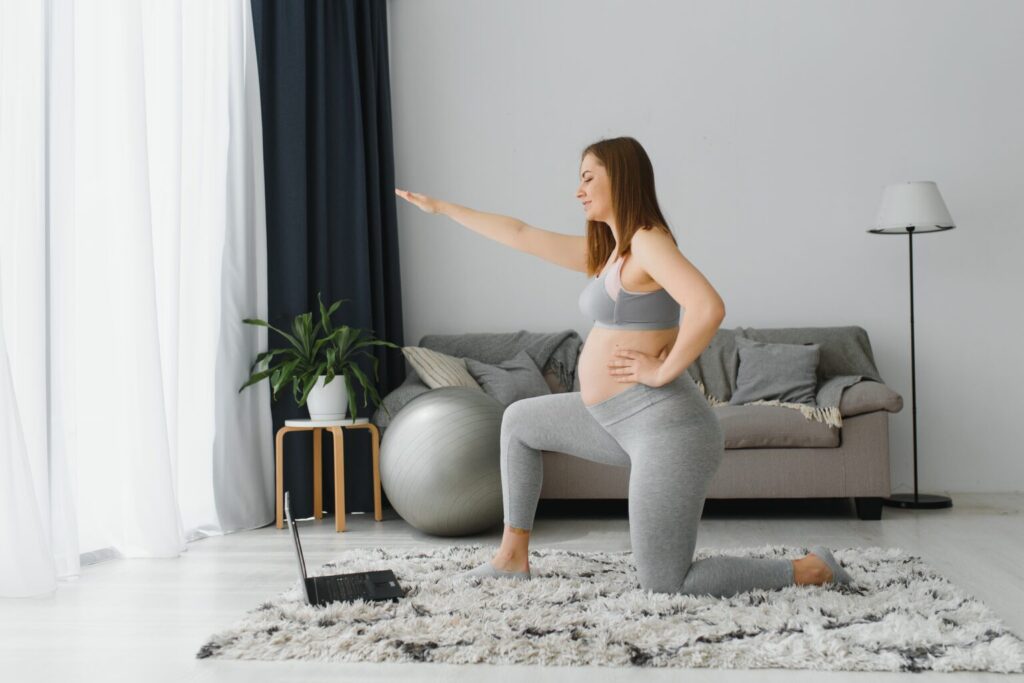
Why is it good to exercise after giving birth?
The period after childbirth presents a series of both physical and emotional challenges for women. It is important to recognize and address these challenges in a compassionate and understanding manner, providing the necessary support so that new mothers can recover physically and emotionally after childbirth.
He exercise after childbirth plays a fundamental role in the physical and emotional recovery of women after childbirth. Although it may be tempting to neglect exercise amid the demands of caring for a newborn, spending time on appropriate physical activities can make a big difference in a mother’s overall health and well-being. The physical and mental benefits of exercise after childbirth, as well as its role in recovering and strengthening the body, are explored below:
Physical benefits of exercise after childbirth
- Muscle recovery: During pregnancy and childbirth, abdominal, pelvic and back muscles can weaken. Postpartum exercise, especially that which focuses on strengthening these muscle groups, can help restore strength and stability to a woman’s body.
- Improved posture: Regular exercise can help correct muscle imbalances and improve posture, which is especially important after pregnancy, when changes in the body can affect muscle alignment and function.
- Weight control: Physical exercise helps burn calories and maintain a healthy weight, which can be beneficial for women who want to lose weight gained during pregnancy.
- Increased energy: Despite the exhaustion that may be experienced as a new mother, regular exercise can increase energy levels and improve physical stamina, making it easier to handle daily demands.
Mental benefits of exercise after childbirth
- Reduction of stress and anxiety: Exercise releases endorphins, neurotransmitters that act as natural pain relievers and improve mood. This can help reduce the stress and anxiety associated with caring for a newborn and changes in daily life.
- Improved mood: Regular physical activity is associated with a lower incidence of postpartum depression and an overall improvement in emotional well-being. Exercise can provide a sense of accomplishment and control, which contributes positively to the mother’s mood.
- Improves self-esteem and confidence: Not only does it help new mothers feel more confident about themselves and their bodies, but it can also provide invaluable time for self-care. Additionally, seeing progress in overall fitness and health can boost self-esteem and self-confidence, which is essential for adapting to the bodily changes that accompany pregnancy and childbirth, while exercise serves as a opportunity to disconnect from the stress and demands of everyday life.
How exercise helps in the recovery and strengthening of the body after childbirth
- Pelvic floor rehabilitation: Specific exercises, such as Kegel exercises and strengthening the pelvic floor, can help rehabilitate this area, reducing the risk of urinary incontinence and other related problems.
- Promoting blood circulation: Exercise stimulates blood circulation, which can help in the recovery of birth wounds and in the prevention of circulatory problems such as varicose veins.
- Promoting cardiovascular health: Aerobic exercise, such as walking, swimming or cycling, improves cardiovascular health, which is beneficial in both the short and long term.
What is the best exercise after childbirth?
As we have discussed previously, exercise after childbirth is not only safe, but it is also beneficial for women in their recovery process after childbirth. From improving physical strength and endurance to promoting emotional well-being, integrating a proper exercise routine can make a big difference in the health and quality of life of new mothers.
When it comes to exercise after childbirth, it is essential to choose low-impact activities that are safe and effective for women recovering after childbirth. These exercises help strengthen the body, improve flexibility, and promote cardiovascular health without putting too much stress on muscles and joints that may be weakened or tender after childbirth. Here are some examples of low-impact exercises recommended for women:
- Yoga is a great option for postpartum women, as it combines gentle stretches with breathing and relaxation techniques. Yoga poses can help strengthen core muscles, improve flexibility, and relieve tension in the body. Additionally, focusing on conscious breathing can help reduce stress and promote relaxation.
- Pilates focuses on strengthening core muscles, including the abdominals, back, and pelvic muscles, making it an ideal choice for postpartum women who want to regain core strength and stability. Pilates exercises are typically low-impact and can be tailored to meet each woman’s individual needs.
- Walking is a great form of low-impact cardiovascular exercise that can be easily adapted to any fitness level. Walking outdoors provides an opportunity for women to connect with nature and recharge while burning calories and improving heart health. In addition, it is an activity that can be done with the baby in a stroller, which makes it easier to incorporate exercise into the daily routine.
- Electrostimulation treatments offer numerous benefits for women after childbirth. Electrostimulation uses gentle electrical impulses to stimulate muscles, which can help strengthen muscles and tone them effectively. Additionally, these sessions are typically low intensity and can be customized to meet each woman’s individual goals and needs.
It is important to remember that before beginning any postpartum exercise program, it is advisable to consult with a doctor or health care professional to make sure it is safe and appropriate for your particular situation. Listen to your body and gradually progress, increasing the intensity and duration of your workouts as you feel stronger and more confident.
Onnafit, an effective treatment in postpartum recovery
If as a mother you do not find enough time to dedicate to physical exercise due to various responsibilities, such as caring for a newborn, Onnafit emerges as an effective solution in postpartum recovery.
This electrical muscle stimulation (EMS) system offers a feasible alternative for postpartum recovery due to its multiple benefits: it helps firm and define the figure, strengthens the buttocks, accelerates the metabolism facilitating weight loss, fights cellulite and treats stretch marks. In addition, it significantly contributes to improving blood circulation, reducing swelling and fluid retention, which is especially beneficial during the postpartum period.
Onnafit not only offers a convenient way to exercise the body, but also presents itself as a comprehensive solution to regain physical vitality and confidence after pregnancy.
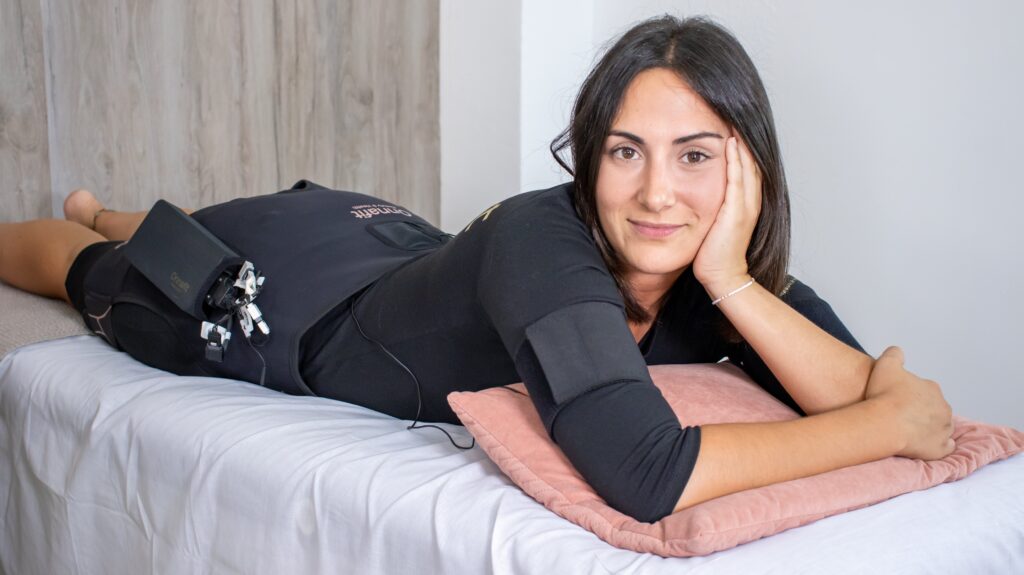
Other key aspects to regain shape after childbirth
Proper nutrition plays a crucial role in postpartum recovery and supporting breastfeeding. After childbirth, a woman’s body needs additional nutrients to heal, produce breast milk, and maintain optimal energy levels. Here are some tips on what to eat and what to avoid to promote a healthy recovery and meet nutritional needs after childbirth.
Importance of a balanced and healthy diet
A balanced and varied diet provides the nutrients necessary for recovery and breast milk production.
- Protein-rich foods, such as lean meat, fish, eggs, legumes, and dairy products, help repair tissue and promote cell growth.
- Eating a variety of fruits and vegetables provides vitamins, minerals, and antioxidants important for overall health and well-being.
- Carbohydrates, such as whole grains, legumes, and vegetables, are an important source of long-lasting energy.
- Include healthy fats in your diet, such as avocados, nuts, seeds, and olive oil, to maintain heart health and provide energy.
- Drink plenty of water to stay hydrated, especially if you are breastfeeding.
- Limit the consumption of processed foods, high in added sugars and saturated fats, as they can negatively affect your energy and general well-being.
- Avoid excessive alcohol and caffeine, as they can interfere with sleep quality and breast milk production.
Additionally, adequate rest is essential for postpartum recovery and maintaining healthy mood and energy.

The importance of rest and self-care after childbirth
Rest and self-care are essential after childbirth, for both mother and baby. Here we give you some postpartum self-care tips to keep in mind:
- Delegate tasks and accept help from family, friends or caregivers so you can take time for yourself.
- Set clear boundaries regarding visits and social engagements to avoid burnout and stress.
- Find self-care activities that you enjoy, such as taking a relaxing bath, practicing meditation, or simply taking time to read or do something you enjoy.
- Take advantage of the moments when your baby is sleeping to dedicate yourself to yourself and recharge your batteries.
- Adequate sleep is essential for physical and mental recovery after childbirth; Therefore, try to rest whenever possible, even if they are short naps during the day.
Conclusion
In summary, taking care of nutrition, getting adequate rest and prioritizing self-care are fundamental aspects for a healthy and satisfactory postpartum recovery.
Remember that it is important to listen to your body and ask for help when you need it to ensure your well-being and that of your baby.
If you don’t have time to exercise, Onnafit is an effective solution for recovering your figure after childbirth. You want to know more? Click here.

